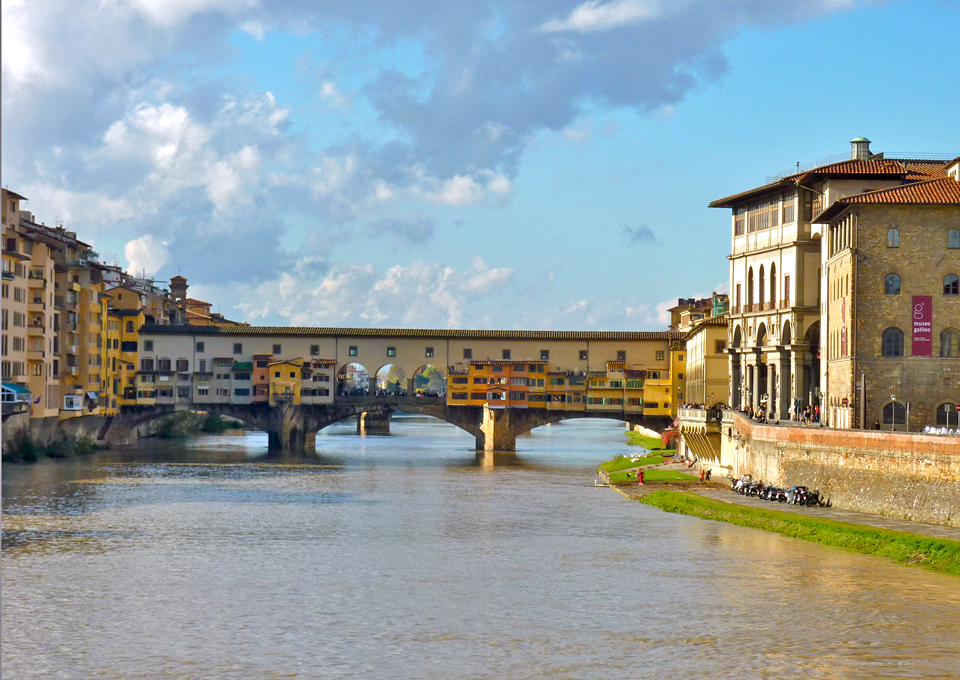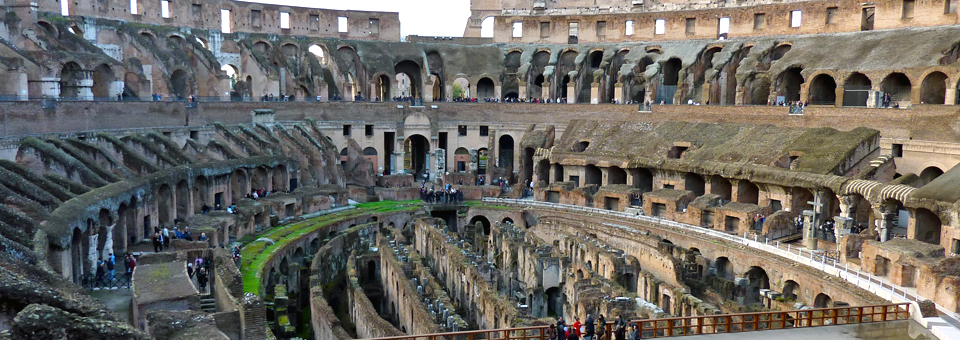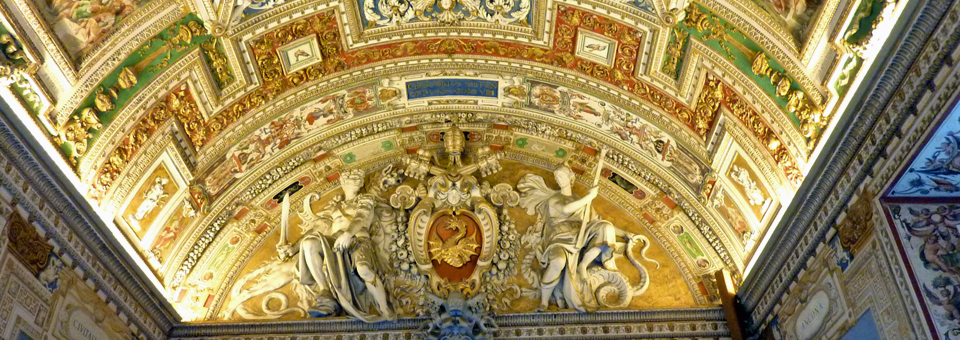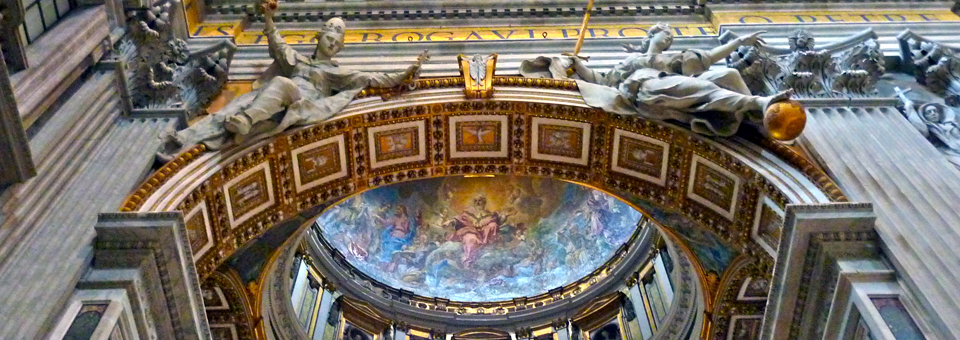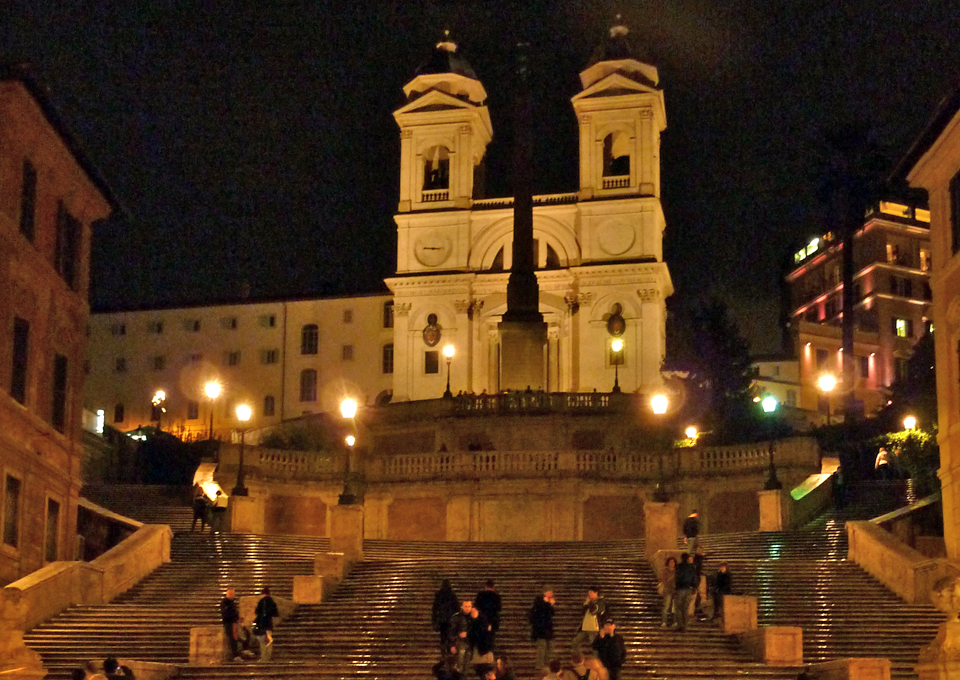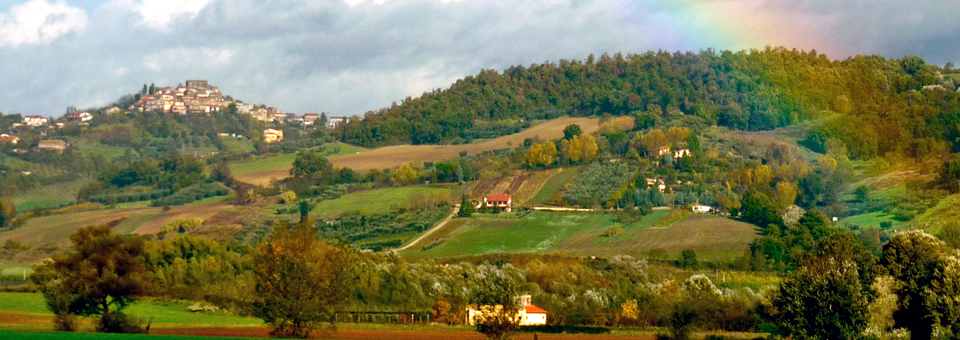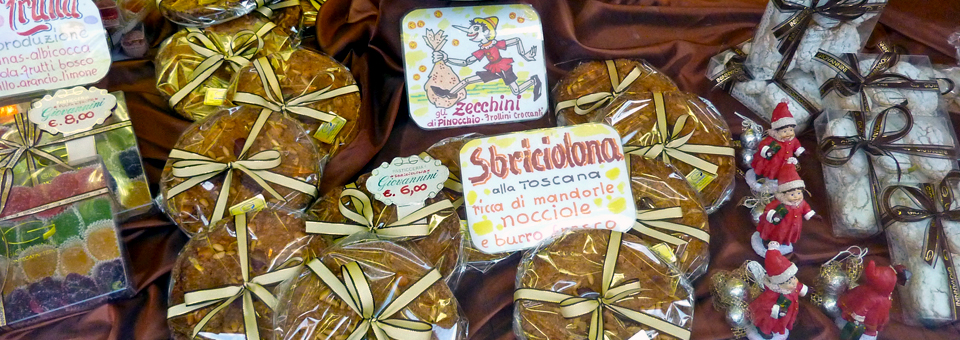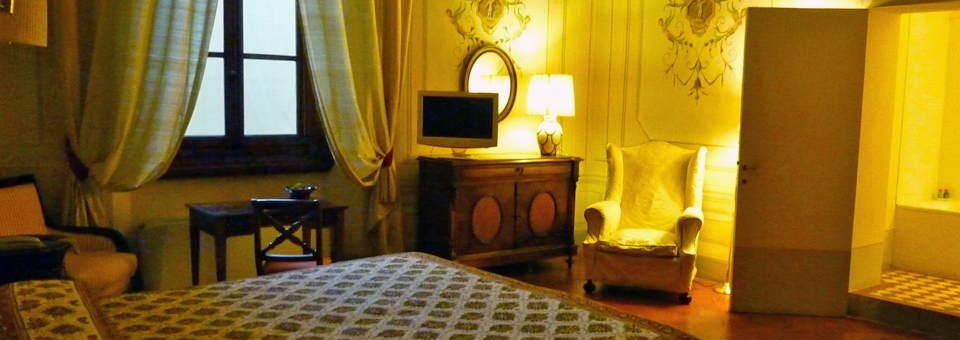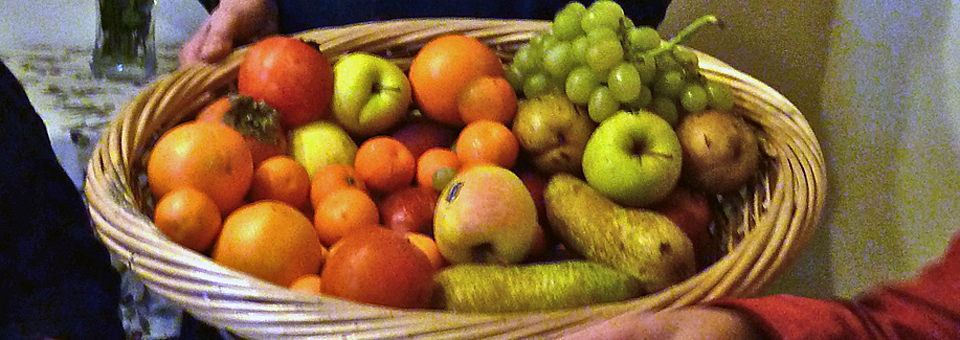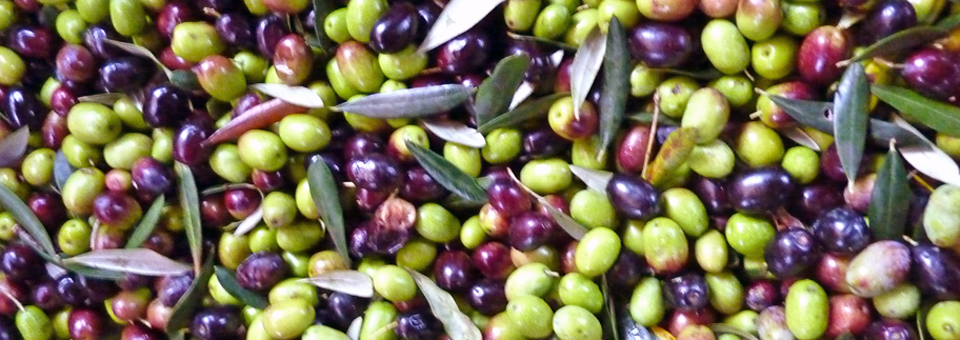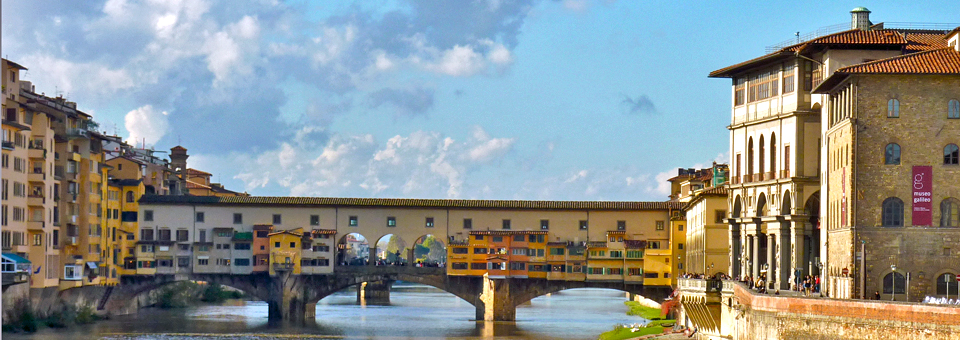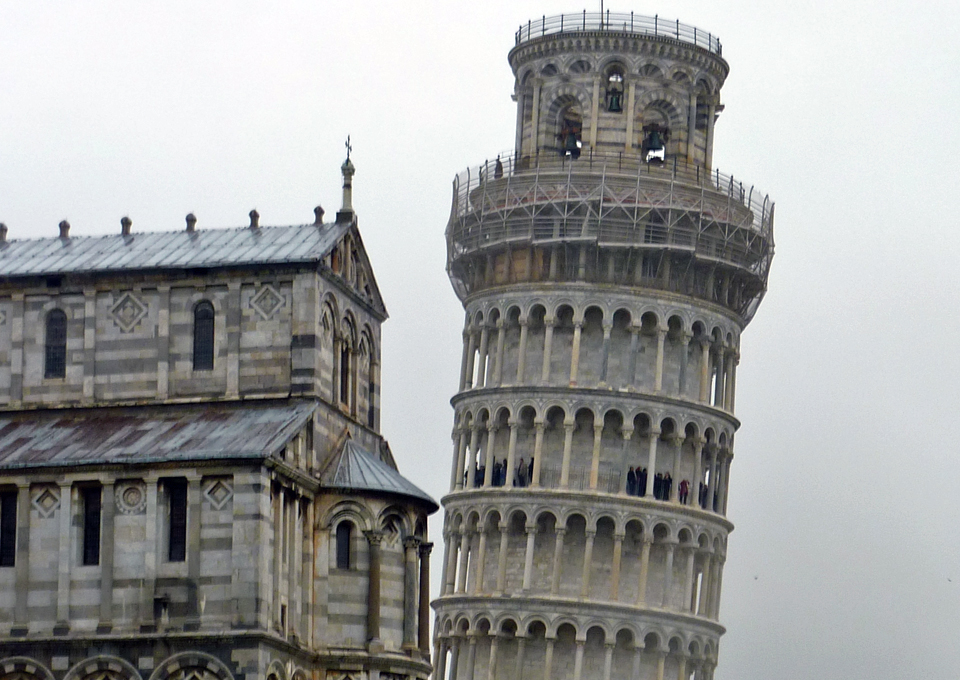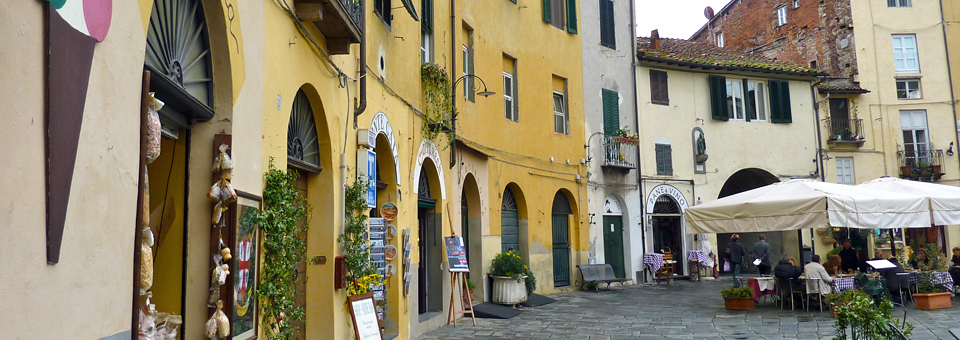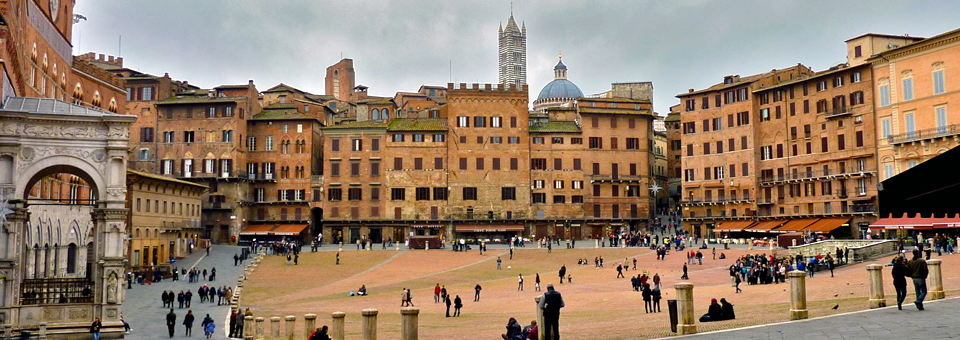A guided vacation for independent travelers: Italy with Trafalgar
We always said we’d travel anywhere any time — anything but a motorcoach tour. For independent travelers like us, the pace and structure of the stereotypical If-it’s-Tuesday-it-must-be-Belgium style tour held no appeal.
But recently we had the opportunity to take a Trafalgar tour–something they now call “guided vacations”– with a slower pace and more freedom of choice–and decided to give it a shot. The trip began and ended in Rome and most of the time was spent in Tuscany–places we found hard to resist. It gave us a new perspective on guided tours.
There is the conventional narrated transportation between stops and orientation tours with local guides at each new destination. What has changed is that there is more unstructured time on your own to pursue your interests, make your own discoveries, or simply relax in your surroundings.
In cities, the hotels are within walking distance of many of the major attractions, so it’s easy to explore at leisure. Information is available for getting the most from your visit, and optional excursions are available for those who prefer more structure.
Tours are designed with longer stays in each place–up to four to six nights, depending on the itinerary selected, allowing time to experience a region and its culture in greater depth. You can linger in an area or branch out–with the group or on your own–as you choose.
Departures before 9 am have been nearly completely eliminated, except for those with early flights the final day.
Is this kind of travel for you?
Why opt for what is now being marketed as a “guided vacation”? Even with the enhancements, it is still group travel on a coach. However, planning and arranging independent travel takes time and energy–before and during the trip. It’s easy to miss some or all of the experience–or not travel at all– if you must tend to all the details yourself. Tour directors accompany the group from beginning to end and are available by cell phone should any concerns arise while on your own. Guides also point out what they refer to as hidden treasures—-unique out-of-the-way places around corners or down alleyways that you might otherwise pass by.
Some of the itineraries have a cruise connection. These tours originate in a city that is also a port, creating a seamless journey for those who want to see the interior as well as coastal attractions.
Trafalgar’s regional “guided vacations” of seven or more days feature a “Be My Guest” authentic cultural experience that includes meeting locals and seeing how they live–perhaps at their farm, olive grove, home or winery–in ways you would be unlikely to do on your own.
You might, like us, stop to sample fresh breads with prosciutto and Corvino cheese at a Chianti-tasting in a family vineyard or have a cooking lesson in a Florentine restaurant hidden in the shadows of a grand cathedral. We learned how many favorite Italian dishes—bruscetta, panacella salad, aqua cotta, ribollita, tiramisu, and panna cotta–can be prepared at home in a just few minutes with a handful of inexpensive ingredients.
Guides seek out intimate trattorias, family-run restaurants in the olive groves, and other places that serve local produce and wine. We were there in November when the olives had just been pressed, and dipped grilled bread into oil with a distinctively spicy freshness.
There are also some unique accommodations. You might wake up in a centuries-old Tuscan villa overlooking gardens of fragrant flowers like the family home we visited that had been restored by two brothers to retain the feeling of a grand home while offering the amenities–like a spa and fine dining–of a fine hotel.
ITALY
After the Roman Empire fell, Italy was divided into rivalrous city-states. During the next 1300 years distinctive identities, foods, and dialects developed. Although Italy was reunified when Victor Emmanuel became its first King in 1861, it still retains its regional legacy.
Our trip took us to the famous streets and sights of Rome, the Renaissance treasures of Florence, captivating medieval villages, and the scenic countryside. Along the way we savored local foods and wines.
We began in Italy’s capital, Rome, a tapestry of architecture woven over its three thousand years of history. The earth-toned skyline is dominated by domes and bell towers of churches and basilicas, not skyscrapers. From its founding by Romulus and Remus to the rise and fall of an empire that ruled a quarter of the people in the world, this dynamic modern metropolis also became a center of religious power.
Ruins and aquaducts evoke images of the grandeur of its ancient empire. Coats of arms and papal insignia of Rome’s richest and most powerful families mark palaces and fountains.
Traffic jams have replaced chariots, and the race is for parking. Our charming tour guide, Roberto, pointed out the differences between the little Smart cars and “toy cars” parked perpendicular to the curb in the tiniest of spaces along busy streets. “Watch out for the scooters,” he reminded us as dozens zoomed by. “For them, traffic signals are decorations.”
Arias, Italian folk songs, accordion music, and dancing accompanied our arrival dinner at Opera Ristorante. Afterwards, Roberto pointed out the illuminated windows of the Pope’s apartment and we crossed the Tiber to Castel Sant’Angelo, built in 2 A.D. as a tomb for the emperor Hadrian. It served as a papal fortress and residence, and is now an art museum.
The next day we stood in the Colosseum, the state-of-the-art amusement park of its day that provided free entertainment for all and seating according to social status. Slain animals became afternoon refreshments, and retractable sails provided shade as the sun moved across the sky. The elegant marble that originally covered it was removed to build St. Peter’s Basilica, but you can still imagine the drama of gladiators and exotic animals fighting to the death, capital executions, and clowns.
Named for the saint whose tomb lies directly beneath the altar, Saint Peter’s Basilica is the ultimate in awe through architecture. It is the largest basilica in the world–so large that marks on the 614’ nave indicate where the world’s other major cathedral would end if placed inside this 95’ tall structure.
Vatican City is a 110 acre walled enclave within Rome and the smallest independent state in the world. Our orientation tour included some of the vast papal art collections of the Vatican Museums, the Sistine Chapel and St.Peter’s, the largest basilica in the world and ultimate in awe through architecture.
The Vatican Museums are a series of galleries that began with the papal art collections of Clement XIV (1769-1774) and Pius VI (1775-1799).
The trendy place to be at night is Europe’s longest and widest staircase, the Spanish Steps.
It connects the Piazza Trinita dei Monti and the church by same name above and the Piazza di Spagna and Barcaccia Fountain at its base. The fountain was created by Pietro Bernini and son Gian Lorenzo, and is a popular gathering place by night.
Our group took the popular stroll from Via Condotti to Via del Corso, an area of chic shops with names like Gucci, Armani, Prada, and Ferragamo. Dinner was in the Piazza del Popolo, just inside the Aurelian walls.
The rest of our trip was in scenic Tuscany. The view from the coach window of the Tuscan countryside included a hilltop village built after the fall of the Roman Empire. November is the rainy season, but showers were brief and often produced beautiful rainbows.
The Sangiovese grape is grown here for the Italy’s best-known wine, Chianti, and Chianti Classico, labeled with a black rooster. We were based in Montecatini Terme, a health resort area with mineral-rich thermal springs, tree-lined avenues, and parks with elegant spas, like Excelsior. Drinking the mineral-rich waters are thought to improve many health concerns.
One of the oldest operating funiculars in the world leads to the hilltop historic center and medieval village known as Montecatini Alto. Pinocchio is said to have come to life in a tiny nearby village between Montecatini and Lucca. He lends his name to many tasty treats in shop windows.
We stopped at Villa il Poggiale one of the unique accommodations now offered on Trafalgar’s Flavors of Italy. This grand former family home surrounded by fragrant flowers is in the heart of Chianti Classico vineyard country. Villa il Poggiale’s history goes back to 1408 when the Corsini family bought it from Jacopo D’Agostino Martini. This grand former family home with frescoes has been restored with amenities–like the spa and fine dining–of a fine hotel.
One of our lunches was in the hills of Montecatini Terme at Borgo della Limonaia which dates to 1554. The Callistri family serves traditional Tuscan fare, including handmade pastas, fruits and vegetables from their organic garden, and wine, olive oil, grappa and limoncello produced in their cellar.
We traveled to Florence, Cradle of the Renaissance, and center of its treasures. The Medici family of bankers once controlled the Florentine currency that became the most used in Europe and had the wealth to patronize the arts and artists as never before.
In Florence, we enjoyed a morning walking walk with headsets that enabled everyone to hear the guide’s commentary. These were distributed while en route, and tickets to attractions were reserved in advance, avoiding lines and saving valuable time.
Our tour began with Michelangelo’s David at the Accademia, went on to the lively Piazza Signoria and along winding streets where our guide pointed out little niches where wine was sold long ago–precursors to the drive-up window. It was on to the Duomo and Baptistry and Santa Croce Basilica, with the magnificent crypts of notables like Michaelangelo, Dante, Leonardo, and Galileo.
With a few tips on the best places for lunch, we scattered in different directions to do as we pleased. Some of us headed for the Uffizi, which houses the largest collection of paintings in all of Italy. (When the line is too long, head for the Bargello.) Tickets were provided for the Hop-On_Hop-Off bus for an overview of the area. Some opted for a Florentine steak, a huge T-bone of Chianina beef served rare. Others enjoyed lunch with a view on the terrace of department store Rinascente or a cone of Florence’s renowned gelato and a stroll along the Ponte Vecchio.
Jewelry shops replaced the foul-smelling meat markets on the Ponte Vecchio after the Medici family moved to nearby Pitti Palace. It was the only bridge along Florence’s Arno not bombed during the German occupation in World War 2.
Another day was spent in nearby Pisa, site of the best known of Italy’s many leaning towers. This bell tower for the adjacent cathedral, along with the baptistry and monumental cemetery on the Square of Miracles were built by the northern gate to impress visitors and rivals and build Pisa’s reputation of power. Pisa was once by the sea, and one of four powerful and rivalrous maritime republics–including Genoa, Venice, and Amalfi–that controlled the Mediterranean trade and commerce routes.
In the perfectly preserved medieval city of Lucca, once wealthy from the silk trade, we chose to linger and spend a day on our own. We walked atop the city walls and strolled ancient streets of the historical center that remain true to their Roman plan. We lingered at a trattoria in the colorful Piazza dell’Anfiteatro, built on the site of the Roman amphitheater. It is even more colorful in warmer weather, when clothes are hung from the windows to dry.
We stopped by the Cathedral of St. Martin to see its relic, a crucifix said to be carved by Nicodemus, and Renaissance masterpieces including a unique slant on the Last Supper by Tintoretto. Other treasures of Lucca are the tiny shops where residents are known by name and visitors are warmly welcomed.
In the 14th and 15th centuries, Siena and Florence were among the richest cities in the world, and Siena is home to the oldest running bank, Monte Dei Paschi di Siena.
Spared the ravages of war, Siena is considered to be the best preserved medieval city in Italy, and traditions run strong.
Manga Tower, at 312’ the country’s tallest medieval tower, looms over a main square that was once the site of medieval jousts, bullfights, and the highly contested horse race known as Palio de Siena, which continues to be held twice a year.
Thousands of people gather and the city goes wild with days of celebrations and pageants surrounding the intensely competitive race. Ten of the city’s seventeen contrades–with names like caterpillar, unicorn, tortoise, and snail–are selected by lottery to race three times around the square for the coveted win.
For those wanting a typical Siennese dish, it was papardelli (pasta) ragout with wild boar from local hills. The local choice for a sweet treat is Nannini, popular bar (cafeteria) and pasticceria on the main shopping street off the square. According to Roberto, nobles used to meet here for tea. We worked off the calories by climbing the steps to the uniquely striped Duomo of Siena’s marble floors and side chapel frescoes.
Although we are still passionately independent travelers, there are times where we want the convenience of leaving the transportation, schedules, accommodations, and dining plans to an expert. The coach awaits to whisk you to next destination at the appointed time, and the day is yours to simply enjoy.
Trafalgar Tours was voted Best International Tour Operator in Travel Weekly’s Readers’ Choice Awards.

